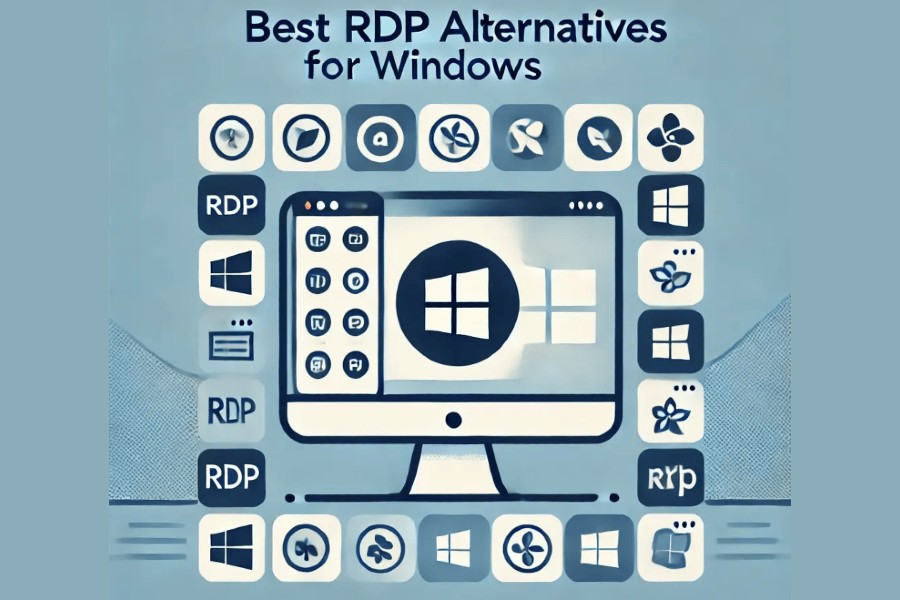
Economic downturns can pose significant challenges for businesses, leading to layoffs, losses, and in some cases, closure.
Amid these uncertainties, the Employee Retention Credit (ERC) presents a beacon of hope for businesses looking to keep their doors open. This blog post explores how the ERC can provide a lifeline for businesses during tough economic times.
Understanding the Employee Retention Credit
During times of economic uncertainty, the Employee Retention Credit can be used as a refundable tax credit to encourage businesses to keep their employees on staff. When the COVID-19 epidemic hit, Congress passed the CARES Act to help businesses recover. Since then, the ERC has been an invaluable resource for those that qualify for its services.
The ERC is primarily targeted at businesses that were either fully or partially suspended due to government orders, or businesses that experienced significant revenue declines compared to a similar quarter in the previous year.
Benefits of the Employee Retention Credit
The Employee Retention Credit was designed as a lifeline to businesses during challenging economic times. Its benefits are far-reaching and multifaceted, providing support to businesses and, by extension, their communities.
Financial Benefits
The most immediate benefit of the ERC is financial. This refundable tax credit allows businesses to receive a percentage of the cost of wages (including certain health plan costs) back on their tax returns, offering crucial monetary relief during periods of reduced revenue.
By providing credit for wages paid, the ERC enhances the liquidity of businesses, enabling them to meet ongoing financial obligations such as rent, utilities, and supplier payments. This liquidity can be the difference between keeping the business running or closing up shop during a downturn.
Retention Benefits
Another significant advantage of the ERC is its role in enabling employee retention. The workforce is an invaluable asset to any organization, and maintaining staff continuity is vital, particularly in times of economic turmoil.
By alleviating some of the financial pressures associated with employee costs, the ERC allows businesses to avoid or reduce layoffs. This means businesses can keep their skilled, trained workforce intact, ready to resume full productivity when conditions improve. This is far more efficient than the alternative of severing ties, then re-hiring and re-training when the economy recovers.
Community Benefits
The implications of the ERC extend beyond the walls of individual businesses. By enabling employers to keep staff on their payroll, the ERC plays a vital role in stabilizing local economies. Job retention means reduced unemployment, which in turn helps to maintain consumer spending. This spending is vital for the survival of other local businesses, from retail to restaurants, creating a positive ripple effect across the entire community.
Long-Term Business Health
Finally, taking advantage of the ERC can contribute to the long-term health and resilience of a business. By allowing a company to navigate through challenging times with its workforce and operations intact, it can emerge stronger, more adaptable, and better positioned to seize opportunities in a rebounding economy.
How to Apply for the Employee Retention Credit
To qualify for the ERC, a business must fall under the specific criteria defined by the Internal Revenue Service (IRS). These include experiencing a complete or partial shutdown due to government orders or witnessing a significant drop in gross receipts.
Applying for the ERC involves reporting your total qualified wages and related health plan expenses on your quarterly employment tax return. Additionally, it is essential to maintain accurate and organized records of employment taxes, employee health benefits, and other necessary documents.
Navigating the Challenges and Misunderstandings
While the ERC can offer invaluable support to businesses during economic downturns, its benefits can sometimes be overshadowed by misconceptions and administrative hurdles. In this section, we’ll tackle these challenges and misunderstandings, and provide insights on how to navigate them effectively.
Misconception 1: The ERC is Too Complicated
One common misconception is that the process of claiming the ERC is too complicated and time-consuming. It’s true that the process involves some paperwork and an understanding of the regulations, but don’t let this discourage you. The benefits it can provide, particularly during an economic downturn, can be well worth the effort.
Misconception 2: Only Severely Impacted Businesses Qualify
Another misunderstanding is that only businesses that have been severely impacted by an economic crisis, like a complete shutdown, are eligible for the ERC. While the ERC does target businesses experiencing significant difficulties, it’s not limited to those in dire straits. Partial suspensions or significant declines in gross receipts also qualify a business for the ERC.
Misconception 3: Fear of Audits and Penalties
The fear of audits and potential penalties can also deter businesses from claiming the ERC. It’s important to understand that while the IRS can audit tax returns, this should not be a concern as long as your claims are legitimate, and you have maintained accurate records.
Overcoming Challenges: Seek Expert Advice and Maintain Accurate Records
Navigating these challenges begins with getting accurate information. Consult a tax professional, accountant, or financial advisor who understands the ins and outs of the ERC. Their expertise can guide you through the process, helping you understand the eligibility criteria, the benefits, and the potential implications for your business.
Second, maintaining detailed records is vital. Document your business operations, noting any shutdowns or reductions in operations due to government orders. Keep detailed financial records that demonstrate any significant decline in your gross receipts compared to the same period in previous years. Also, record the wages you’ve paid and any health plan expenses, as these are relevant for claiming the ERC.
The Future of the Employee Retention Credit
While the ERC has proven invaluable during the COVID-19 pandemic, its future remains subject to changes and updates from the government and policymakers. Businesses and professionals must stay abreast of the latest information to leverage the ERC effectively.
The ERC’s effectiveness in providing relief during the recent downturn underscores its potential as a viable tool for future economic challenges, providing a glimmer of hope for the future.
Final Thoughts
In a world rife with economic uncertainties, the Employee Retention Credit offers a lifeline for businesses struggling to stay afloat. Providing financial relief and facilitating employee retention, it has proven to be a powerful tool for businesses to weather economic downturns.
By HWM Partnership
- Broadway’s Rising Stars Converge: A Day Of Inspiration At Broadway Express y Más
- Adams, Hochul And More Toast $5 Billion Housing Plan: Building Dreams Together!
- Alicia Graf Mack, Dancer, Educator, And Leader Appointed Artistic Director Of Ailey
- Update: More Illnesses Have Been linked To The McDonald’s E. Coli Outbreak
- Bronx: NYWF’s 30th Annual Dinner Honors Community Leadership And Purpose
Become a Harlem Insider!
By submitting this form, you are consenting to receive marketing emails from: . You can revoke your consent to receive emails at any time by using the SafeUnsubscribe® link, found at the bottom of every email. Emails are serviced by Constant Contact









